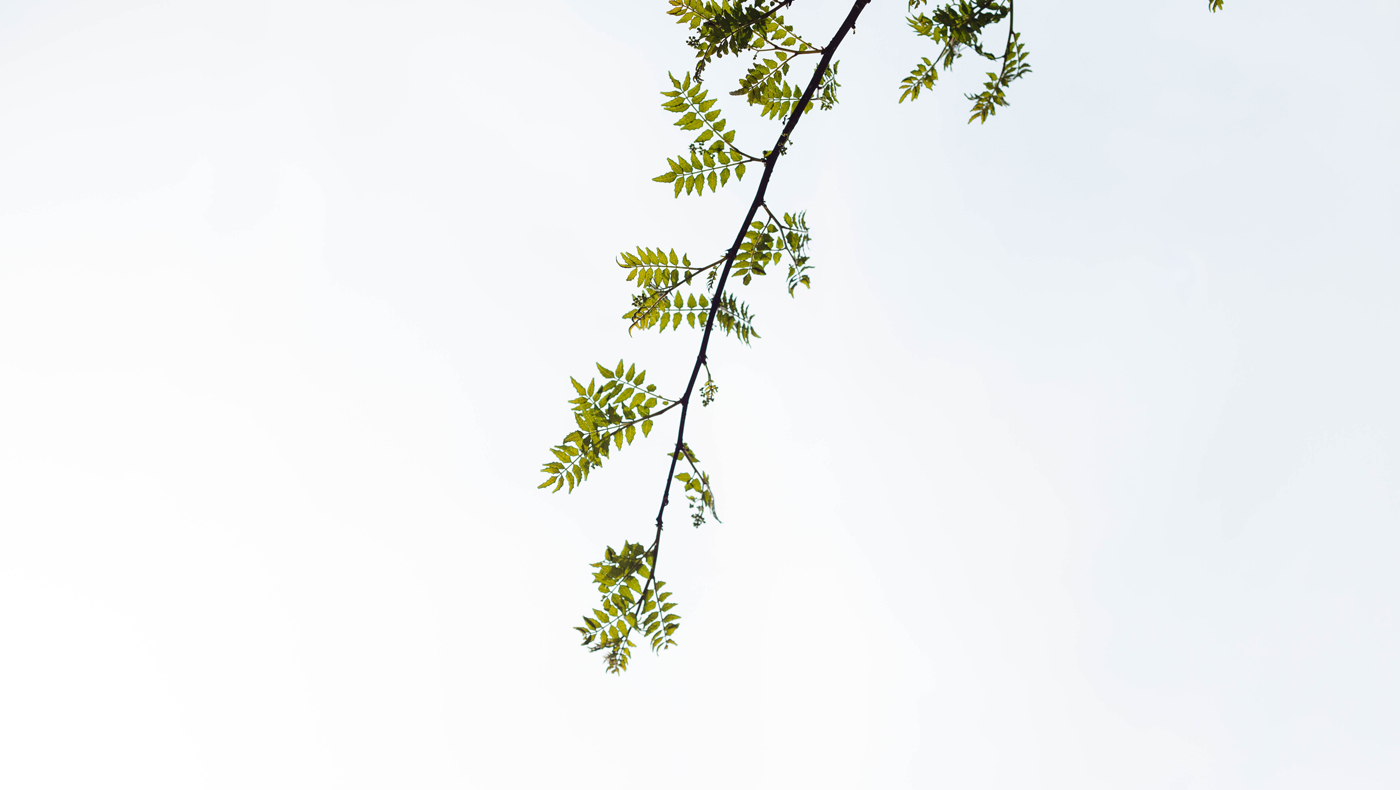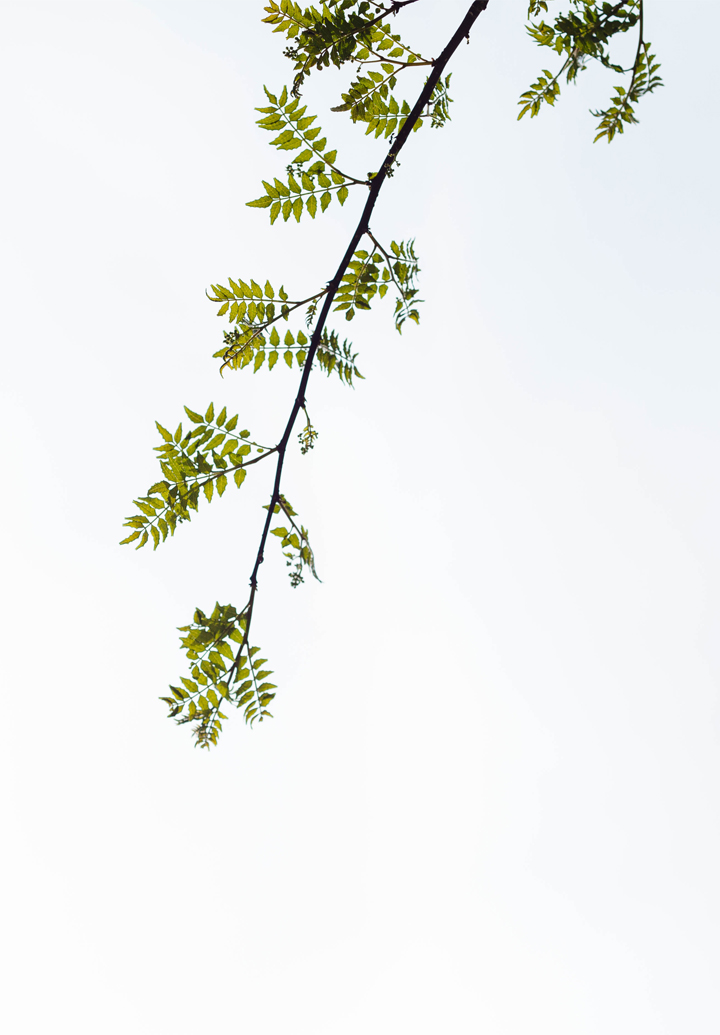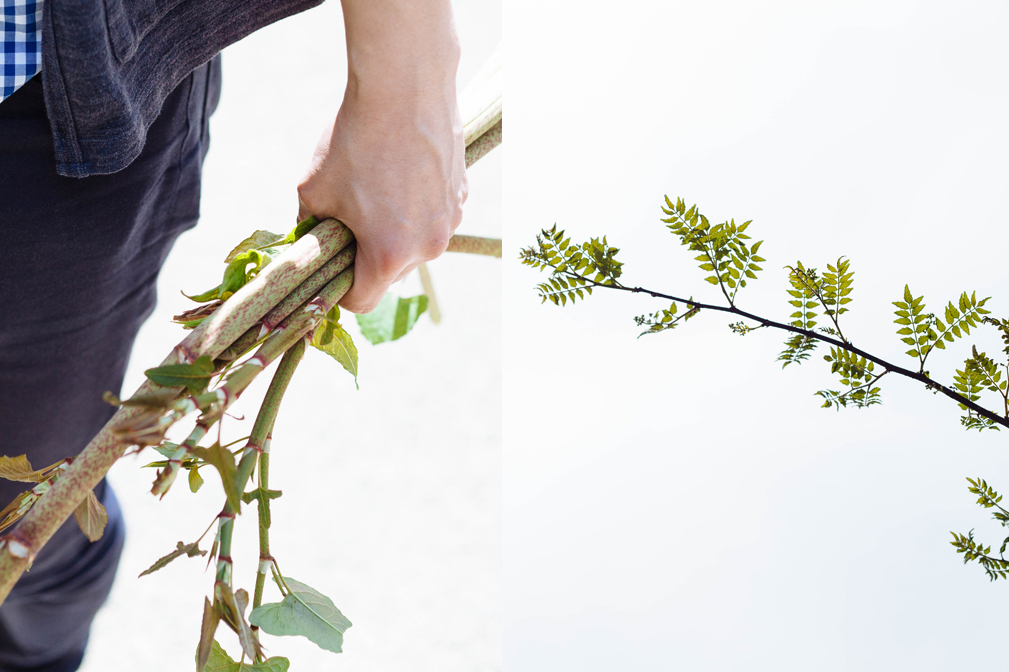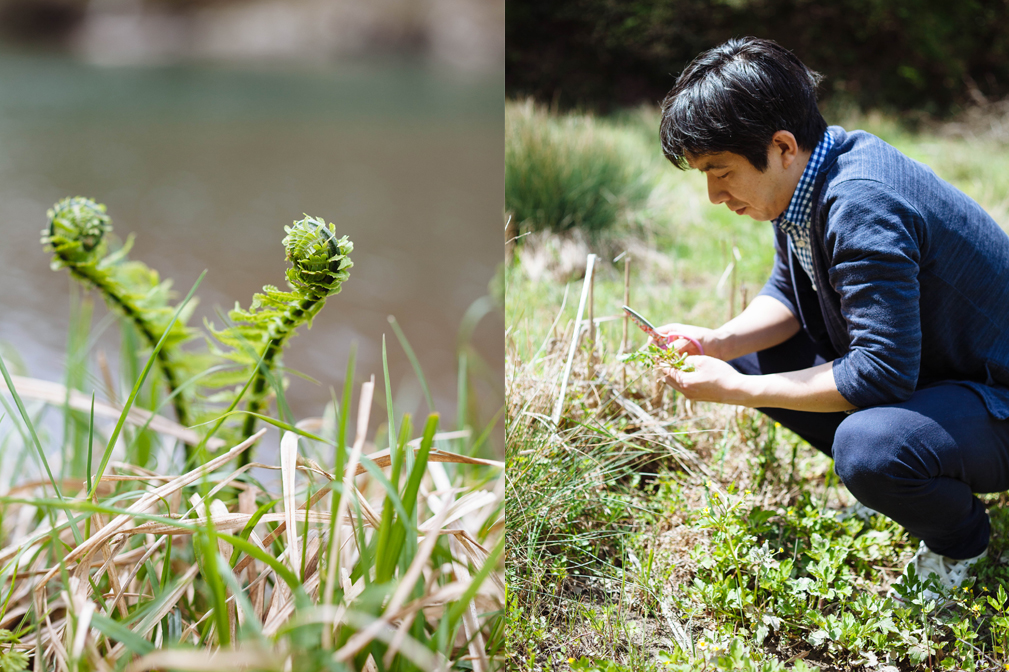Thread by Thread
Essays by Prairie Stuart-Wolff


Each Day You Run
Whether at an exclusive restaurant or at our own table, we end each meal with the words gochisou sama deshita. We give thanks for a fine meal through a phrase that evokes the notion of a rider on a galloping horse. It is an expression of gratitude not just for the food itself, but for all of the running around that a fine meal requires.
If it were another era head chef Matsumoto might saddle his mount and ride, but today he jumps behind the wheel and drives. It might be to the neighboring town of Ohara to gather fat ivory tusks of takenoko, the edible shoots of Moso bamboo, or to walk a riverbank where kogomi fiddleheads unfurl between sharp blades of grass. “Each day you run,” he says. “You gather your own ingredients and cook them yourself. You take the time, you trouble yourself to go and choose the best ingredients. That is the spirit of gochisou.”

In spring freshness bursts forth at breakneck speed. Matusmoto can barely keep up. On the road to the bamboo grove he spots a small thicket of itadori. One hand steers the car to the side of the road while the other pulls scissors form the glove box. He jumps out and begins clipping. The long green shoots are amaranth freckled and plump. “It’s delicious peeled and grilled, or marinated.” Indeed it should be peeled. To masticate Japanese knotweed whole and in the raw is like chewing on fibrous sugarcane. The flesh and juices are tart like rhubarb with citrus undertones but the skin is tough.
In a barren field further up the road he searches for a wild herb called seri as a chorus of frogs inside the forest sing. The boars have already been through and only a few tender shoots of the edible variety of water dropwort remain. “It’s wild so it has a strong aroma,” he notes. His small handful will do.
Further up the road he scans the morning takenoko harvest. With a knife in hand he shaves off slivers, tasting the natural sweetness and density of the flesh. “I could defer to the farmers,” he explains, “but a chef has a particular sense for taste. To acquire the best ingredients, I have to go to the source. That’s my work.”
We are well into mid-morning by now. It’s time to get back to the kitchen. It’s time to cook. It’s time to greet the day’s guests. If in parting they say gochisou sama deshita, Matsumoto will smile and rest easy until the next day breaks.

